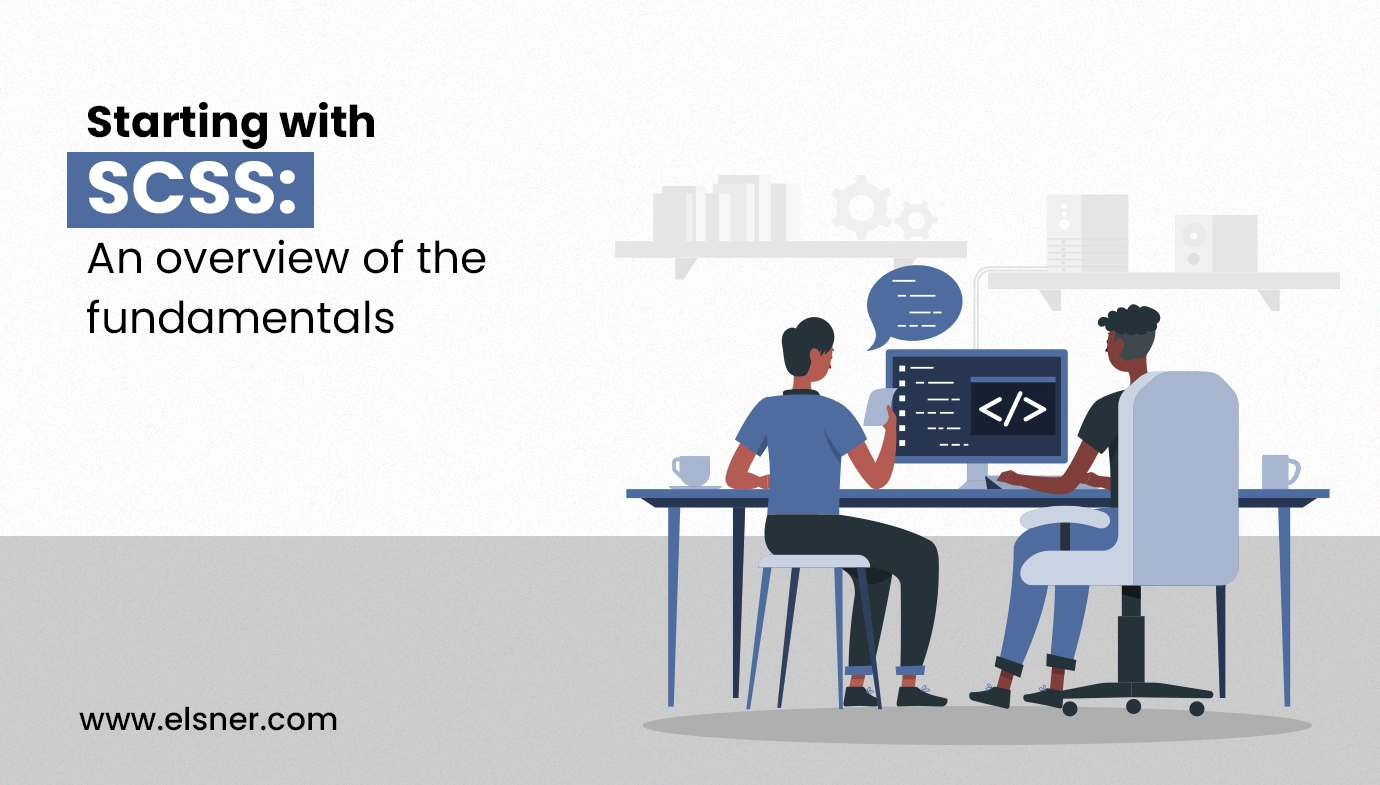|
Getting your Trinity Audio player ready...
|
In this faster-evolving industry, a strategy that brings faster outcomes is important. Low code is a development approach that simplifies the software development process with less coding required.
Is coding a time-consuming process? Has your business struggled to get the right expert for your requirements?
Most industries are looking for methods to save time and bring effective solutions. Let us get inside and learn more!
What is a low-code Development Platform?
It uses a visual interface and pre-built components to create applications quickly and easily. Users can drag and drop applications into existence with minimal coding to create custom applications. Pre-built coding components allow developers and non-technical users to create a wide range of applications, from web and mobile apps to workflow automation and business process management solution.
Building an app with a low-code platform gives you what your business needs without the endless headaches of traditional application building. Low code development and traditional development differ in their approach, methodology, and level of coding expertise required. For example, with low code development, it’s possible to learn how to create a website from scratch with minimal coding expertise.
Traditional development is a complex and time-consuming process that requires a team of developers with various skills and expertise. The process is often siloed, with separate teams responsible for different aspects of the development cycle, leading to potential communication breakdowns and misalignment between the end product and the organization’s needs. As a result, traditional development can take months or even years to complete, making it less agile and adaptable to changing business requirements.
On the other hand, Low code development offers a faster, more streamlined, and more collaborative approach to software development compared to traditional development. With its visual drag-and-drop interface and pre-built components, low code development allows for custom applications with minimal coding, making them accessible to non-technical users.
Also, this encourages collaboration and involvement from different stakeholders throughout the development cycle, ensuring that the end product meets the organization’s needs. While traditional development may still be necessary for certain applications, low code development provides a powerful tool for organizations looking to increase their agility and accelerate their digital transformation.
What are the key features of Low Code Development?
Low code development platforms generally come with a range of essential features that include:
- Visual Development Interface: Low code development platforms typically have a graphical drag-and-drop interface that allows users to build applications by dragging and dropping pre-built components rather than writing code from scratch.
- Model-Based Development: Creating apps with visible methods and models is usually faster. This makes it much easier for business users since they understand the logic behind what they want to accomplish. Good low-code tools will empower them rather than inhibit them.
- Rapid Prototyping: It allows for rapid prototyping enabling users to quickly create a working prototype of an application that can be tested and refined.
- Integration: Low code development platforms typically offer built-in integration with popular software applications and services, such as CRM systems, marketing automation tools, and payment gateways.
- Security and compliance: Low code development platforms typically offer built-in security features, such as user authentication and role-based access control, to help ensure that applications are secure and comply with regulatory requirements.
How is Low Code Development the Future of the Application Development?
In recent years, low-code development has become increasingly popular since it allows rapid and efficient application development without extensive coding knowledge. By 2025, 70% of business applications will use low-code/no-code technologies.
Here are some reasons why low-code development is seen as the future of application development:
Low-code development is a flexible approach to application development that enables firms to design customized applications that match their requirements. Customizable user interfaces, interaction with third-party systems, flexible workflows, modular design, and rapid prototyping are all features of low-code platforms. These capabilities make it simple for organizations to create customized applications fast and with little coding knowledge.
Lowering of Bug Rate: In low-code development, lowering the bug rate refers to reducing the number of errors or queries in a program. Testing, quality control, debugging, and pre-built components and templates can help achieve this. Reduced bug rates are critical for ensuring the program is dependable, efficient, and meets users’ needs.
Time Efficient Development: A low-code development platform is a type of application that offers a Graphical User Interface for programming, allowing developers to create code quickly and easily without extensive hand-coding. These platforms are designed to reduce traditional programming efforts, enabling developers to build applications rapidly and with minimal coding expertise. By providing a range of pre-built components and intuitive visual interfaces, low-code development platforms help streamline the development process and accelerate the time to market for custom applications.
Cost Reduction: Low-code development reduces business costs by streamlining the development process, requiring fewer development resources, reducing maintenance expenses, and enhancing overall efficiency. Low-code development platforms provide faster development timeframes by integrating pre-built components and visual interfaces, resulting in expedited time-to-market and cost reductions.
Multiple Deployment: Multiple deployments is a feature of low-code development that enables developers to deploy applications to multiple platforms and devices, including desktops, mobile devices, and the cloud. This allows for easier application scaling and updating, greater flexibility, and increased reach for businesses’ applications.
Interconnection: Interconnection is vital to low-code development because it enables smooth integration with other systems and applications. Businesses may develop hybrid apps that incorporate features from several systems using pre-built connections with enterprise systems, enhancing efficiency and avoiding duplication of work. Interconnection is a fundamental component of low-code development because it gives the flexibility and agility required to address changing business requirements.
Visualization: Low-code application development platforms improve by visually representing registration. They create a basic framework for assisting their language’s representation. It also helps to eliminate the conflict between creating and running the final application.
Low-code development tools and technologies include Microsoft Power Apps, Salesforce Lightning, Outsystems, Mendix, Appian, Zoho Creator, and Bubble.io. Developers can easily build customized applications with these tools since they offer pre-built templates, integrations with other software applications, and built-in security features.
Today’s fast-paced business environment requires organizations to accelerate digital transformation and increase agility through low-code development.
Summing Up
In Summing up, Low code development is a modern approach to software development that allows for faster development with less coding expertise. Its visual interface and pre-built components make it easier for businesses to create custom applications. It is expected to become the go-to approach for software development shortly due to its flexibility, bug rate reduction, time-efficient development, cost reduction, multiple deployment, interconnection, and visualization.
It is time to connect with a service provider with low-code platform services for various businesses’ digital requirements, such as developing custom business applications, automating workflows, and integrating different systems.

About Author
Harshal Shah - Founder & CEO of Elsner Technologies
Harshal is an accomplished leader with a vision for shaping the future of technology. His passion for innovation and commitment to delivering cutting-edge solutions has driven him to spearhead successful ventures. With a strong focus on growth and customer-centric strategies, Harshal continues to inspire and lead teams to achieve remarkable results.




